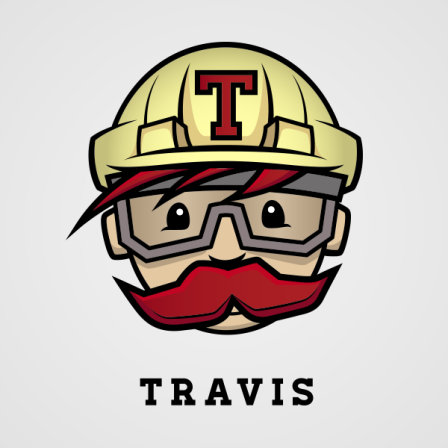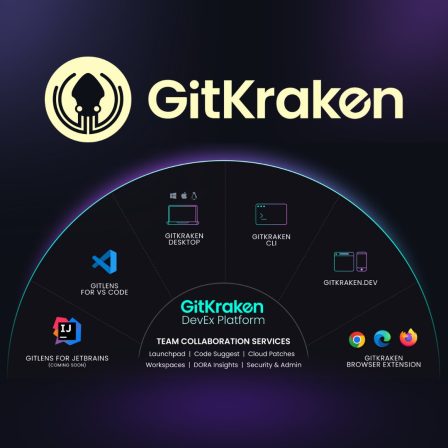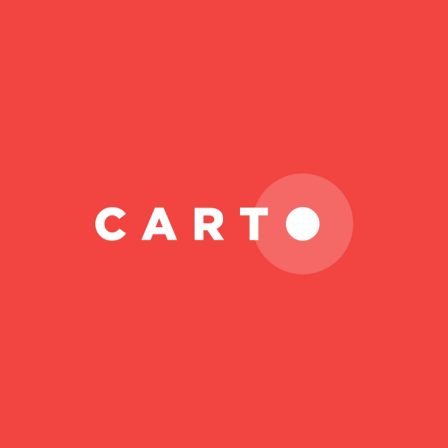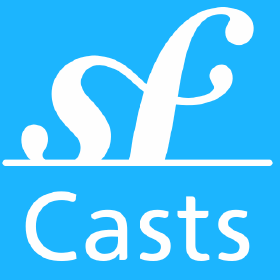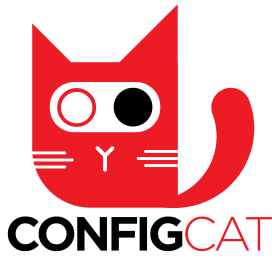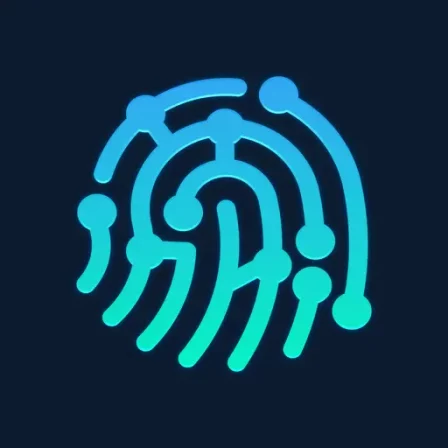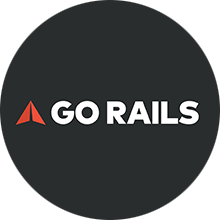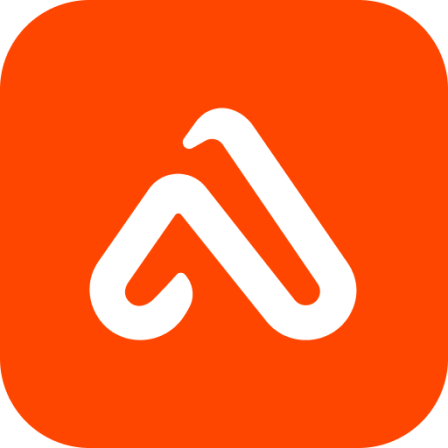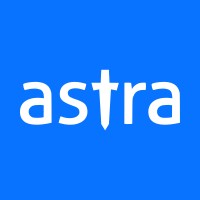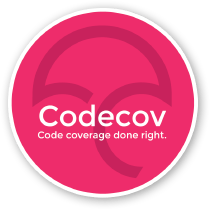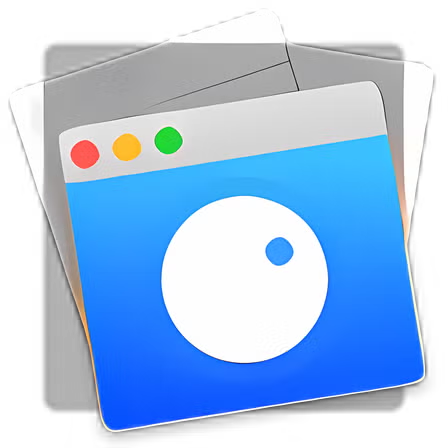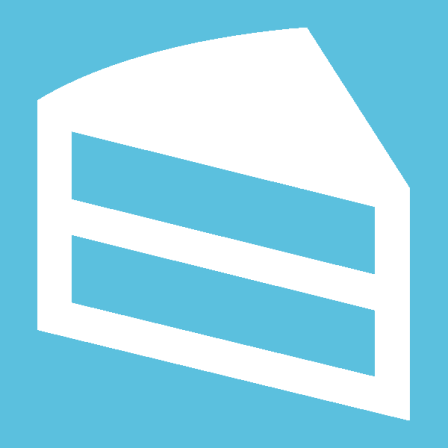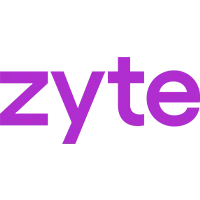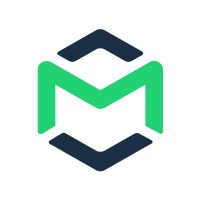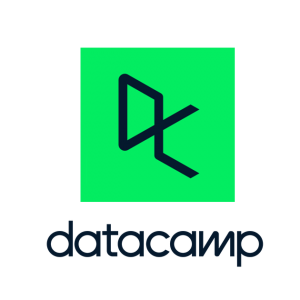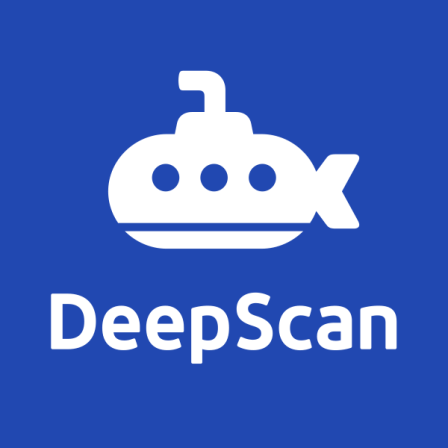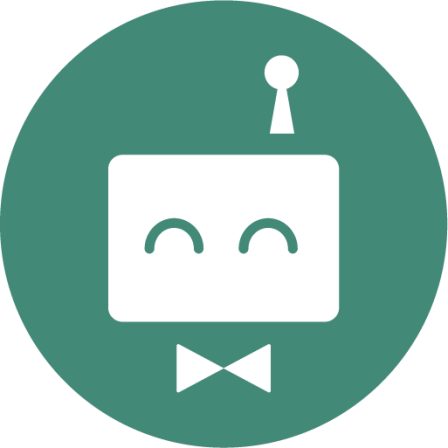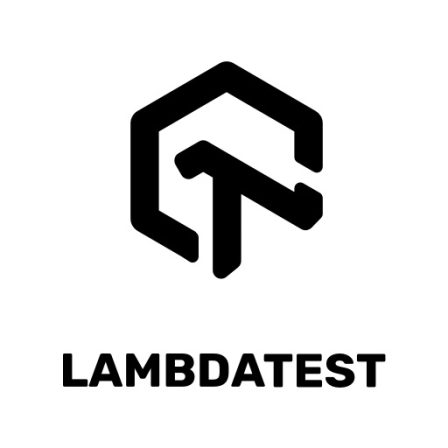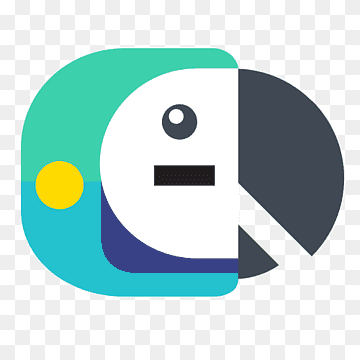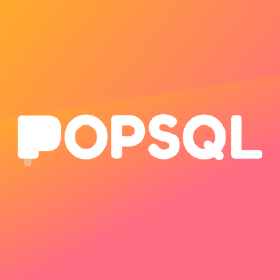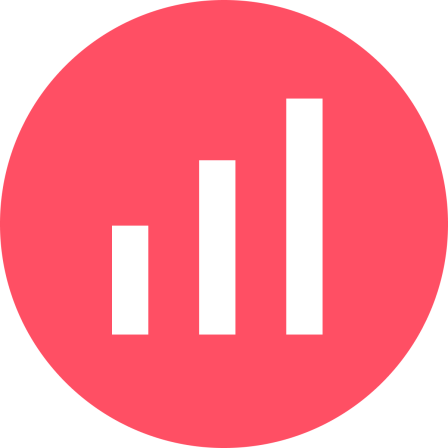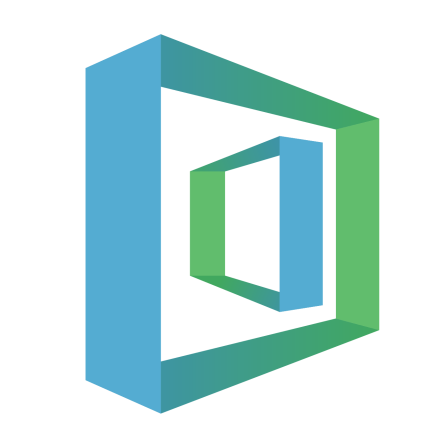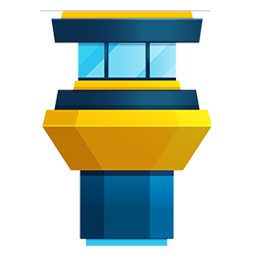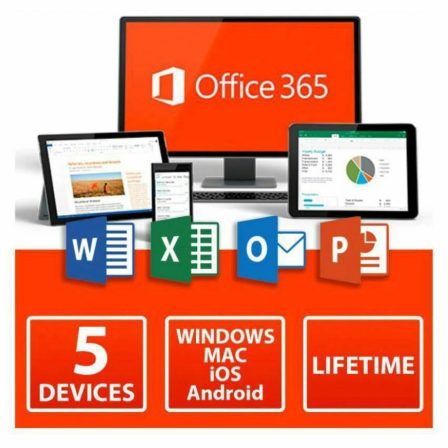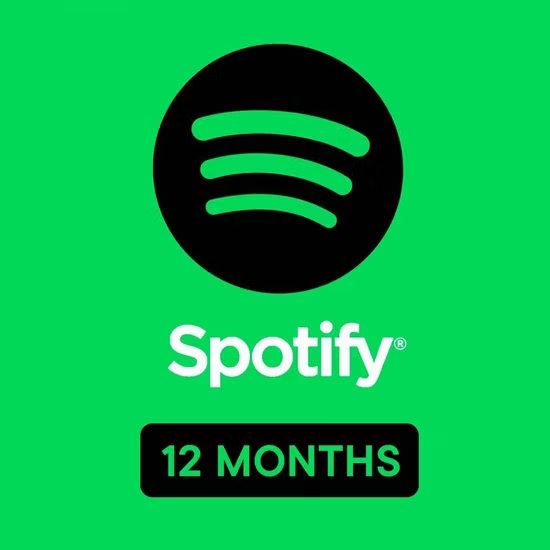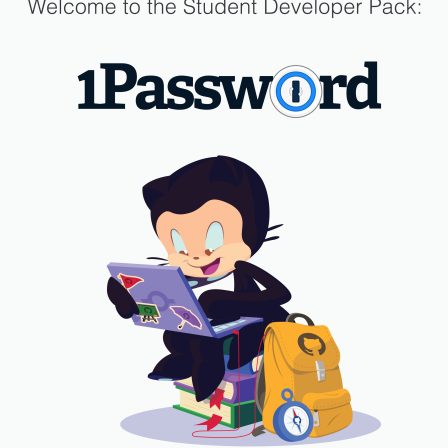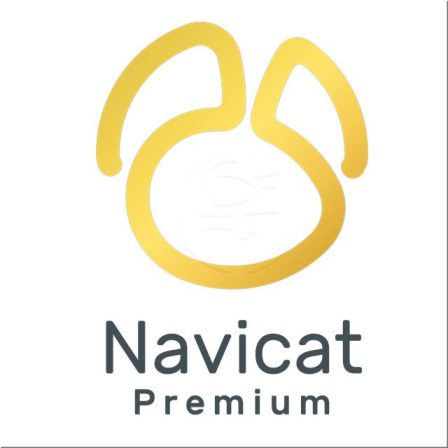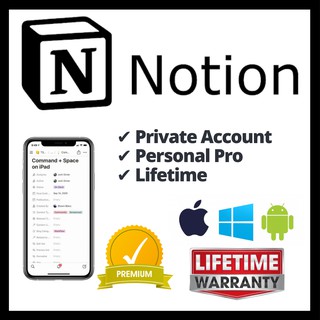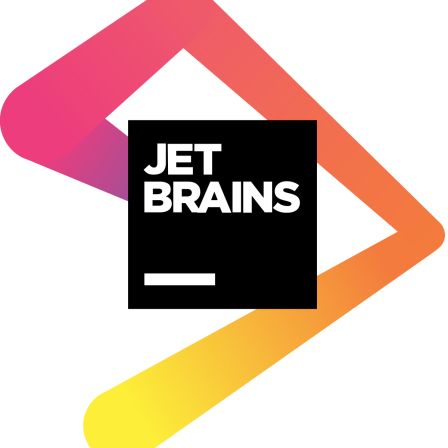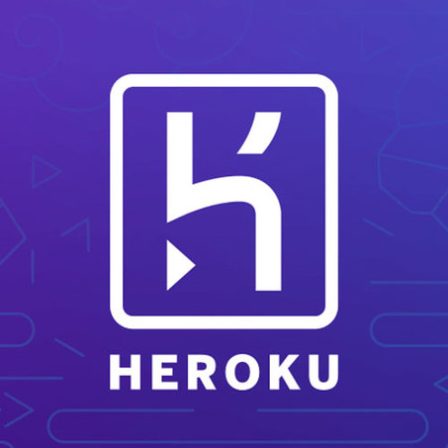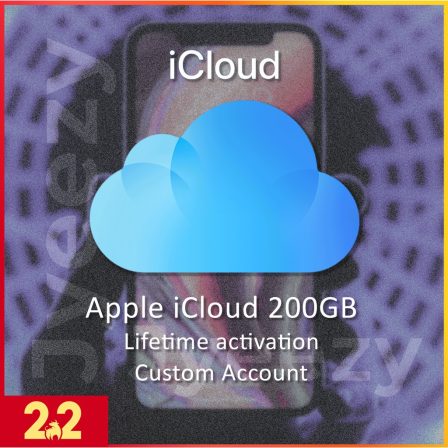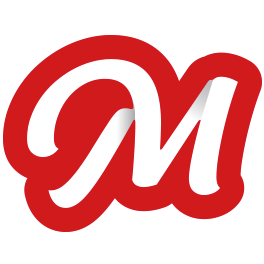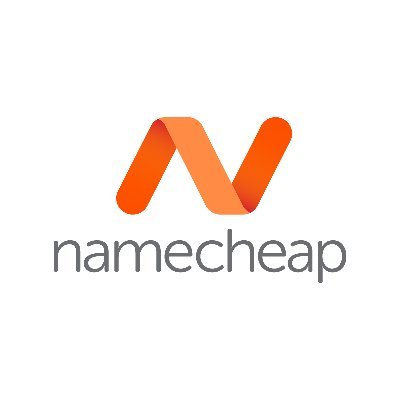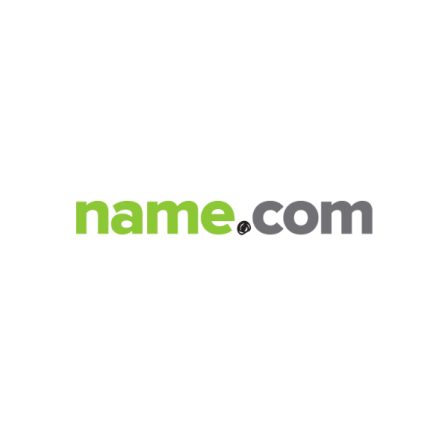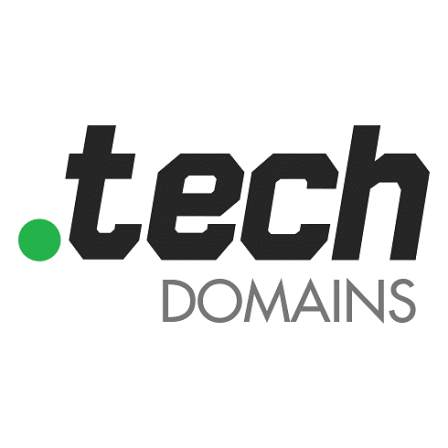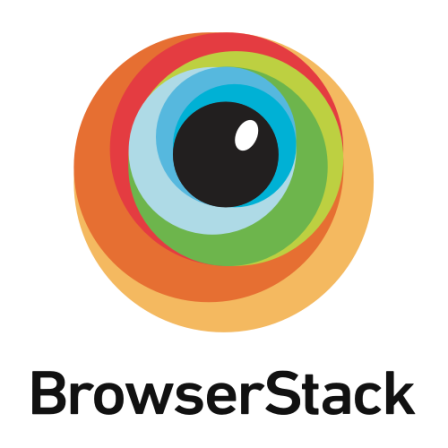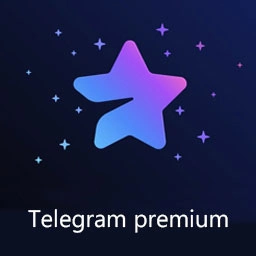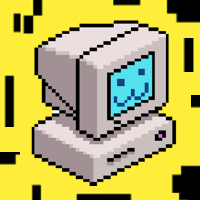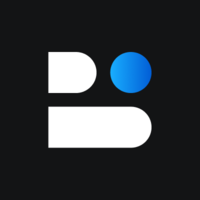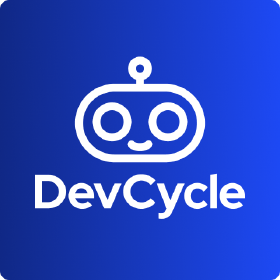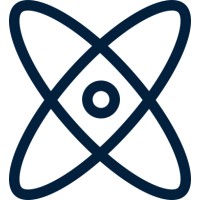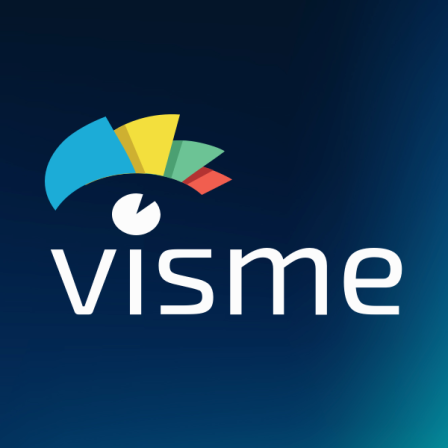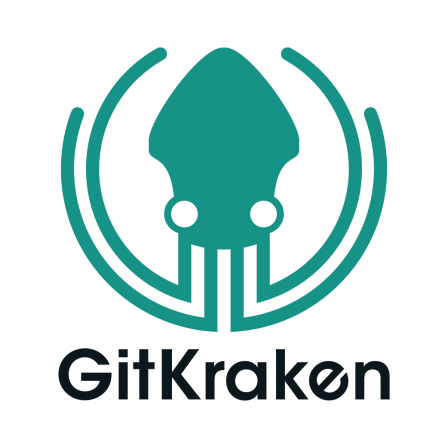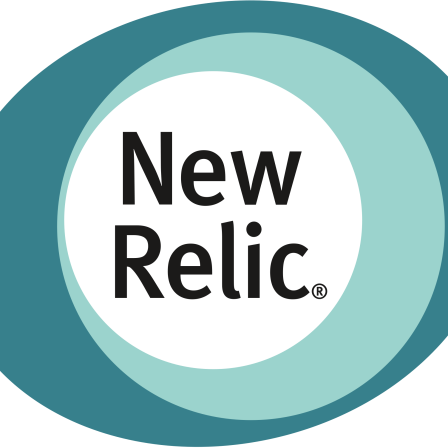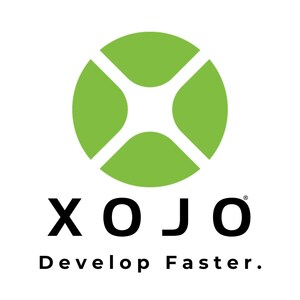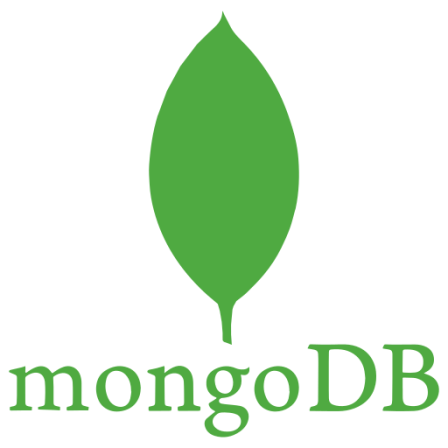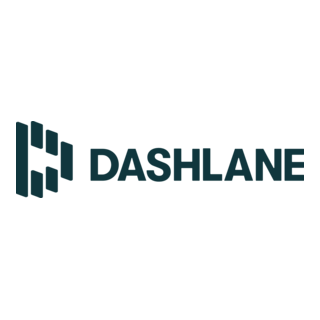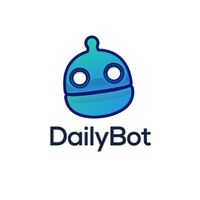There is no item in your cart
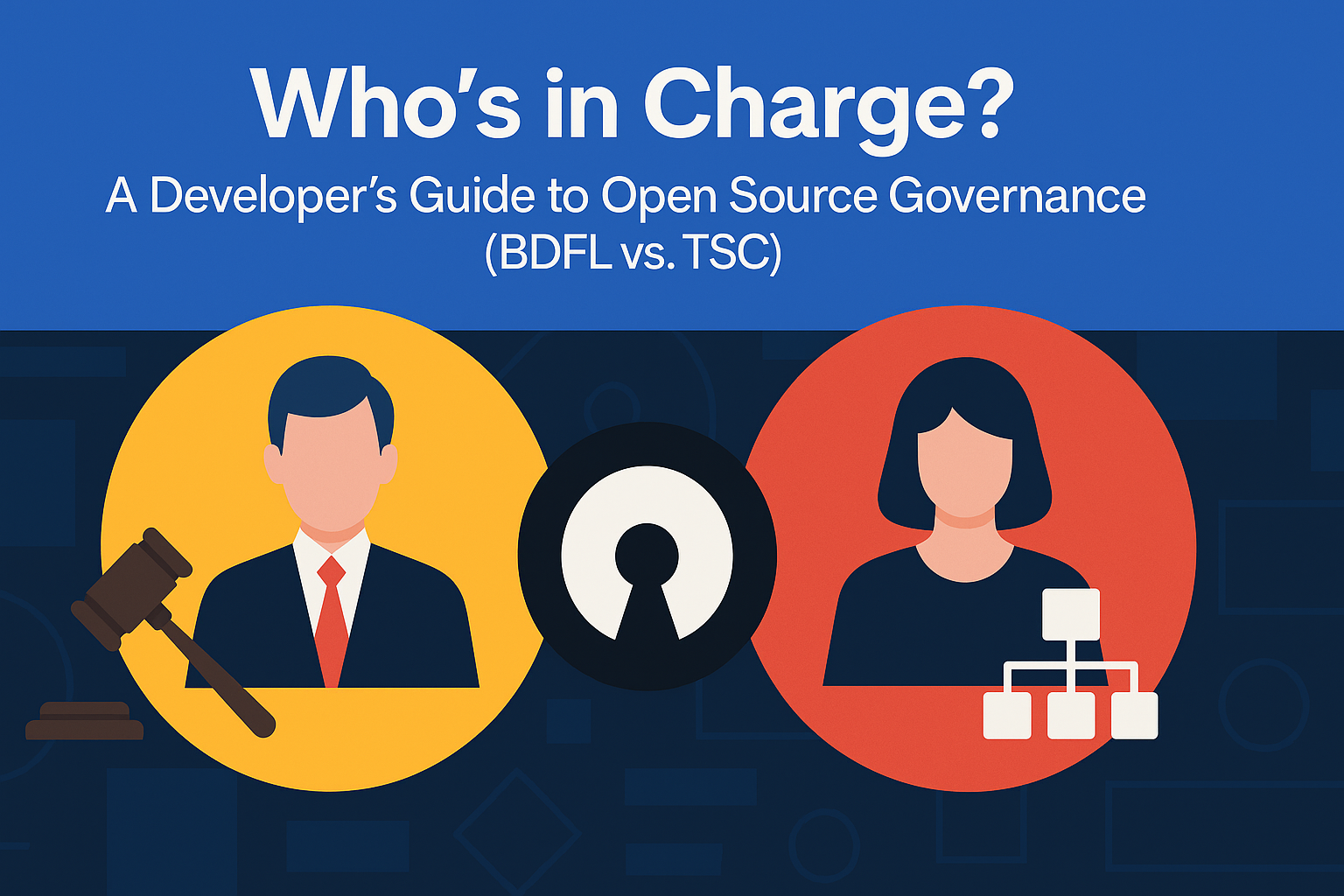
Who’s in Charge? A Developer’s Guide to Open Source Governance (BDFL vs. TSC)
You’ve just submitted your first significant pull request to your favorite open-source project. You’re excited. But then you wonder… who actually decides if this gets merged? Is it a single, visionary leader whose word is law, or is it a council of community elders who vote on its inclusion?
The answer lies in the project’s governance model. As open-source projects grow from a one-person hobby into critical infrastructure used by millions, ad-hoc decision-making doesn’t scale. A formal governance structure becomes essential for resolving conflicts, setting a technical direction, and ensuring the project’s long-term health. This guide will demystify the two most common models in open source: the BDFL and the TSC.
1. The BDFL: Benevolent Dictator for Life
The BDFL model is where a single, usually the original founder, holds the ultimate decision-making authority. They have the final say on the project’s vision, features, and technical direction.
- Famous Examples: Linus Torvalds for the Linux Kernel, Yukihiro “Matz” Matsumoto for the Ruby language. (Guido van Rossum was the BDFL for Python until he retired from the role).
- Pros:
- Clear Vision & Consistency: A single leader ensures a cohesive and consistent vision for the project.
- Fast Decision-Making: No need for lengthy votes or consensus-building. The BDFL can make a decisive call.
- Cons:
- Single Point of Failure: The project’s health can be tied to the availability and well-being of one person. This is often called the “bus factor.”
- Scalability Bottleneck: As a project grows, one person cannot possibly review and rule on every single decision.
2. The TSC: Technical Steering Committee
The TSC model is a more distributed form of governance. A committee of elected, senior contributors is responsible for guiding the project’s technical evolution. Decisions are typically made through some form of consensus or voting process.
- Famous Examples: Kubernetes, Node.js, and Rust. (Python also transitioned to this model after Guido’s retirement).
- Pros:
- Resilience & Sustainability: The project is not dependent on any single individual.
- Democratic & Inclusive: It provides a formal path for long-term, trusted contributors to have a say in the project’s future.
- Scalability: It can handle the complexity of massive projects with many sub-teams and stakeholders.
- Cons:
- Slower Decision-Making: Reaching consensus or holding votes can take longer than a single person making a call.
- Potential for “Design by Committee”: Can sometimes lead to compromises that lack a single, strong vision.
What This Means for You as a Contributor
- Understand the Culture: Knowing the governance model helps you understand how to best engage. Is the project driven by a single person’s strong vision, or by a process of community consensus?
- Know How to Be Effective: In a BDFL project, convincing the leader of your idea’s merit is paramount. In a TSC project, building consensus among key committee members and in public forums is the path to getting your contribution accepted.
Conclusion
There is no single “best” model; each has its trade-offs and is suited for different stages of a project’s lifecycle. Many successful projects start with a visionary BDFL and later transition to a more sustainable TSC model as they mature. What’s most important is that a project has a clear, well-defined governance structure. For developers, understanding these models is key to effectively participating in and contributing to the open-source ecosystem that powers our entire industry.
Whether a project is led by a BDFL or a TSC, all successful open-source development relies on professional tools. From managing complex codebases in a [JetBrains] IDE to visualizing branch history with [GitKraken] and documenting decisions in [Notion], the right toolkit empowers contributors to do their best work. At SMONE, we support the open-source community by providing access to these essential tools. Explore our collection and level up your contribution workflow.
